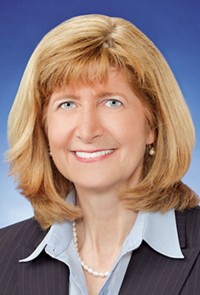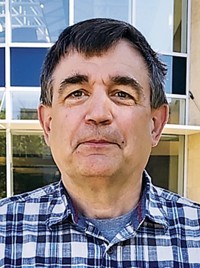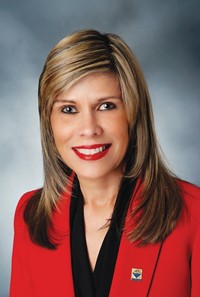Advertisement
Grab your lab coat. Let's get started
Welcome!
Welcome!
Create an account below to get 6 C&EN articles per month, receive newsletters and more - all free.
It seems this is your first time logging in online. Please enter the following information to continue.
As an ACS member you automatically get access to this site. All we need is few more details to create your reading experience.
Not you? Sign in with a different account.
Not you? Sign in with a different account.
ERROR 1
ERROR 1
ERROR 2
ERROR 2
ERROR 2
ERROR 2
ERROR 2
Password and Confirm password must match.
If you have an ACS member number, please enter it here so we can link this account to your membership. (optional)
ERROR 2
ACS values your privacy. By submitting your information, you are gaining access to C&EN and subscribing to our weekly newsletter. We use the information you provide to make your reading experience better, and we will never sell your data to third party members.
Safety
ACS Safety Summit creates a culture of safety
by Peter K. Dorhout, ACS President
March 19, 2018
| A version of this story appeared in
Volume 96, Issue 12
I am now well into my presidential year, and my intention of creating some things that will last, that have meaning, and that will build talent within our society is shaping up (C&EN, Jan. 1, page 29). One of my presidential initiatives has been to team up with leaders from American Chemical Society governance and technical units to organize the first ACS Safety Summit, which took place at the ACS headquarters building in Washington, D.C., on Feb. 2–4.
Over the past few years, we have heard and seen more attention paid to the topic of laboratory safety. A number of unfortunate incidents have shed light on something missing in our community. The reactions by those outside academia and industry have been escalating over time, the repercussions have been harsh, and the veil of indemnity has been torn away. Organizations including ACS, the Association of Public & Land-Grant Universities, and some universities have sounded the clarion, and we must answer its call.
Many ACS members have voiced their concerns about how we are preparing our next generations of chemistry professionals, and safety has become a core value of ACS because of the outstanding efforts of our members. This core value requires that we reflect on all that we do to prepare our members to become great professionals. A recent ACS past president and a progenitor of this safety effort, Diane Grob Schmidt, shared with me the following sentiment: No university, no company large or small, no organization can be a great one without being a safe one.
Each of us probably has a story or event that impacted our own perspectives on safety. I grew up in the Boy Scouts and learned a lot about outdoor survival, which requires you to think safely about you and your patrol. The buddy system in swimming, fire safety, and wilderness safety, as well as bringing everyone home safely all impacted me early and informed my safety ethos.
Through Scouting and my chemistry education, I learned that safety isn’t just about me, however. Each of us has someone who depends on us, cares for us, loves and respects us—friends, Scouts, family, and colleagues. They rely on us to be safe, to think about safety, and to come home safely. No experiment, no process, no result is so important that we should ignore safety.
During my year as ACS president elect, I had the good fortune to work with Diane and members of the Committee on Corporation Associates, the Committee on Chemical Safety, and the Division of Chemical Health & Safety to begin the conversation about creating an ethos of safety among chemistry students. All across ACS, members are doing great things to promote our core value of safety. It was time to understand what we’re doing and what’s missing. It was time for the first ACS Safety Summit.
The summit participants represented the entire span of the chemical enterprise, including small businesses, national laboratories, government, academia, industry, and nonprofit organizations. We engaged in a broad overview of chemical safety in the context of our past efforts and reviewed key data and research related to safety systems and cultures.
The most important, overarching goal for the summit was that we would not just write another report; we would not just come up with a list of recommendations; we would engage our members to create a renewed culture of safety.
Here are a few takeaways from the summit:
▸ ACS is leading many efforts and could become a transformative force in integrating safety in all laboratory disciplines to help build a robust safety culture.
▸ ACS volunteers have already created momentum around change, and we have a significant opportunity to build on these past efforts and establish ourselves as leaders in chemical safety.
▸ Within ACS, safety efforts are currently concentrated in a few specialized groups, but safety should be integrated into all ACS programs and divisions.
▸ By connecting effective safety practices and cultures to scientific success, ACS can communicate the powerful message that good science is safe science.
No other activity can have a greater impact on renewing the public trust in science and chemistry than demonstrating that its practitioners care about people. No other activity can have a greater impact on diversifying our professionals than creating an inclusive and safe working environment for everyone. No other activity can prepare our students to be the change agents we expect than to instill in them an ethos of safety.
Views expressed are those of the author and not necessarily those of C&EN or ACS.






Join the conversation
Contact the reporter
Submit a Letter to the Editor for publication
Engage with us on Twitter